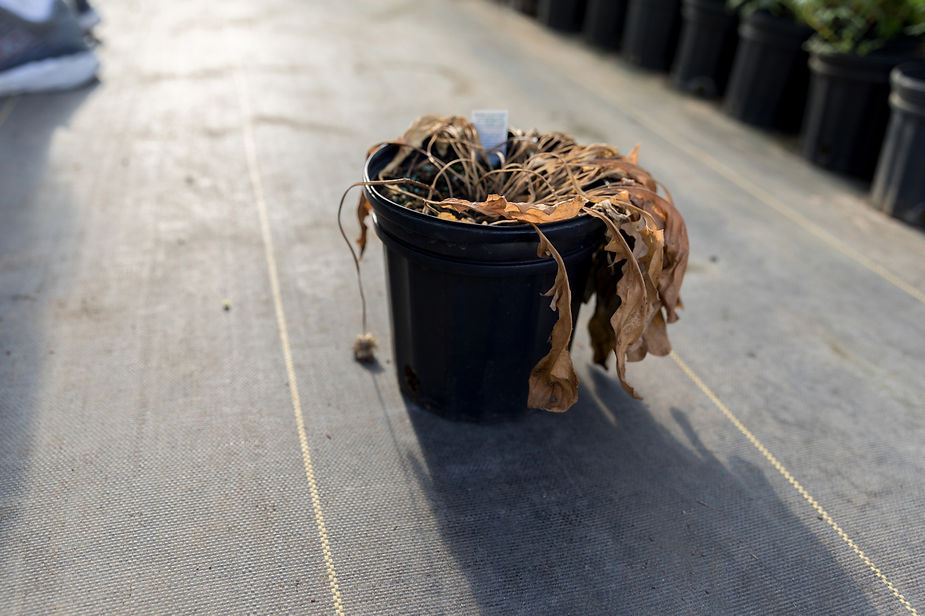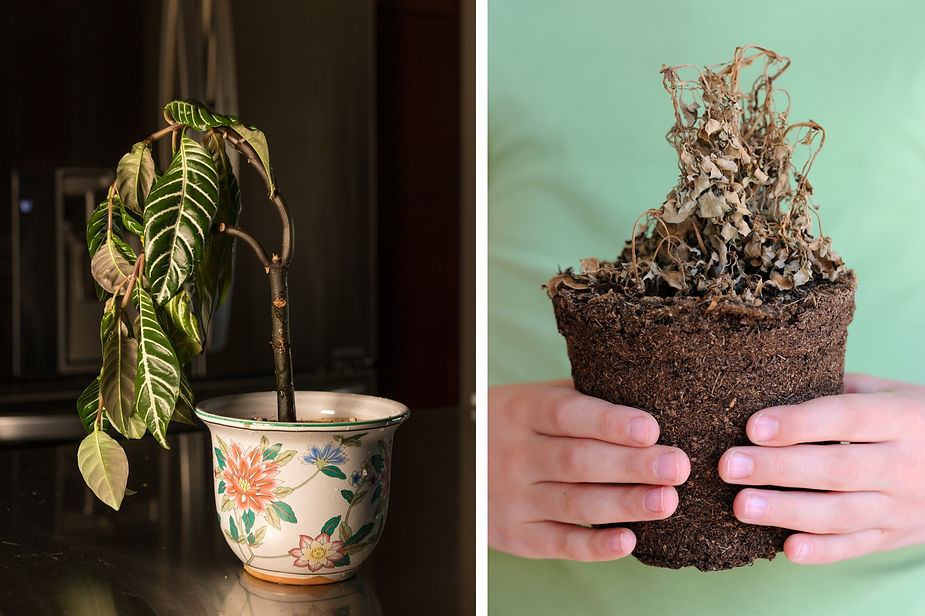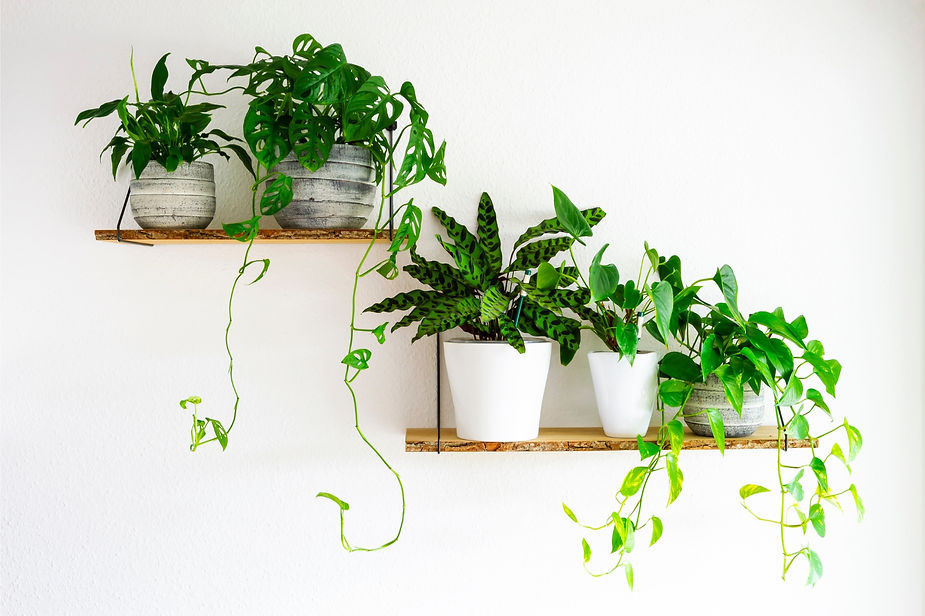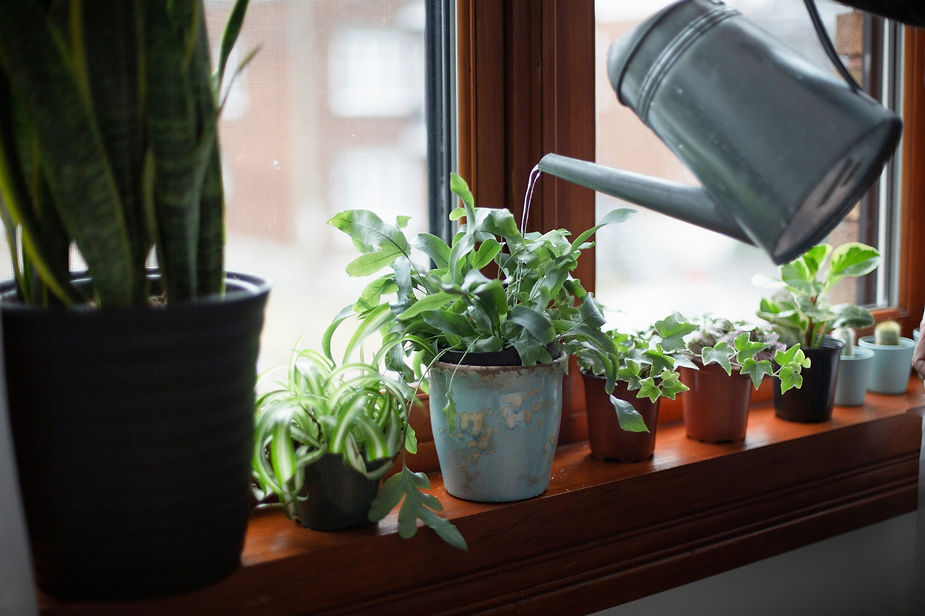How to revive your houseplants
Let's be honest: did your holidays include a bit of plant neglect? Don't worry - we got you covered.
Did everyone have epic holidays? We are having a mean summer down here on the South Island (not to rub it in), and it's been hard to kick
back into the work grind. As mid-January quickly crept up on us, many of you guys might be returning home to some less-than-stellar-looking
houseplants after being away for a while.
Don't worry; we have all been there. You gotta live life, and the beautiful thing about houseplants is that they don't need as much care as
humans or pets. But have you come home to find some of your green babies flopped over? Brown-edged leaves? Yellow foliage? General sadness?
There are some plants that are just total wimps - I'm looking at youm Monstera standleyana and you too, maidenhair fern!
Lucky for us, it takes A LOT actually to kill a houseplant from neglect. Plants, by default, go long periods without rain or watering in the
wild; it's normal. Most can bounce back with some TLC. Overwatering is the real culprit when it comes to houseplant murder. Trust us, we
know.
All of this and more can be found in our new book
Is there anything worse than discovering that your beloved plants appear to be dying on you? Especially if it seemed fine the last time you
checked. Sadly, sometimes it can take a wee while for houseplants to show signs of stress. Often what appears to be a sudden decline coming
out of nowhere was brewing for a while.
But fret not! As long as your houseplants still show signs of life, revival is possible. Basically, if there is green, there's potential for
life.
Only if your plant is completely brown and charred with roots that have dried out like it's been in an oven do we follow a DNR - Do Not
Resuscitate. Or have you rotted the roots, and it's so far gone you can't even take cuttings from it? The only other time a plant belongs in
the green bin if if it's so riddled with pests that it's beyond saving.

Generally, plant care, like repotting or pruning, should be done in the warmer months during active plant growth. However, when reviving a
houseplant, the best time is when you first notice problems since they might be long in coming. Act fast!
The method for reviving a dying succulent will vary depending on what is causing the problem. Before getting started, it’s important to
figure out the main issue. The most common culprits are overwatering and underwatering.
We get it; it's exceptionally annoying when you're trying to strike a balance of the perfect amount of water.
Underwatering
Did you know that chronic underwatering can lead to a plant's roots drying up? This can prevent the plant from absorbing moisture when it is
eventually watered again.
The most common way to tell if your houseplant is underwatered is to check its leaves. If its leaves look wrinkled, dried up, brown-edged,
or the plant has keeled over, you may be dealing with a not-enough-water situation. If you can't remember when you last watered, that is
another GREAT indication haha!
If this is the case, remove any damaged foliage and roots. Take the plant out of the pot, and cut off any dried or shriveled leaves and
roots. If the stem is dried, don’t be afraid to cut it back. If the edges of leaves are browned like on a prayer plant, you can just cut off
the edges. If it's too far gone, but some of the stems and nodes are ok, you can take cuttings and start over.
If so, you can replant the succulent in a pot with fresh succulent soil. Alternatively, you can use an equal parts mixture of indoor potting
soil, perlite, and sand. Water it well after repotting, allowing the excess water to drain from the pot.

Overwatering and the dreaded root rot
Sad-looking plants, wilted or soggy stems, and yellowing leaves often indicate that rot might be taking hold.
When your plant sits in soggy soil for too long, the roots begin to rot, unable to function as normally, deprived of oxygen. Intensive
surgery is required. If root rot is suspected, you need to unpot your plant and look at the roots. Rinse the soil off the roots and look for
black and mushy roots. If the roots are dark and fall off, or if you very lightly tug them and they come off the plant, that’s a sign of
rot. You need at least one healthy white root for the plant to remain viable.
Trim off any rotted roots with a sterilized knife or shears and then dunk the roots in a bucket with water and Hydrogen
Peroxide
to thoroughly clean any remaining rot, fungus and bacteria. Then repot in fresh soil AND water less than before. A recovering plant will
need some TLC for a while afterward and might take a while to perk back up and recover from the ordeal.
All of this and more can be found in our new book





